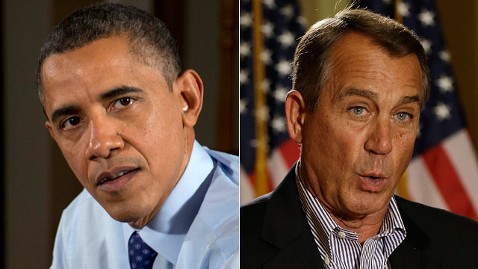In the wake of user backlash over image ownership, Instagram announced today that it would revert its terms of service back to the version that has been in place since the service launched two years ago.
The Facebook-owned app ignited a storm of protest with the announcement earlier this week that it was claiming perpetual rights to sell users' photographs without notifying or compensating the photographer. Under the new policy, Facebook claimed the perpetual right to license all public Instagram photos to companies or any other organization, including for advertising purposes, effectively transforming the Web site into the world's largest stock photo agency.
Since the publication of the updates, "it became clear that we failed to fulfill what I consider one of our most important responsibilities -- to communicate our intentions clearly," Instagram founder and CEO Kevin Systrom wrote in a company blog post. "I am sorry for that, and I am focused on making it right."
"Going forward, rather than obtain permission from you to introduce possible advertising products we have not yet developed, we are going to take the time to complete our plans, and then come back to our users and explain how we would like for our advertising business to work," he said.
Systrom also denied that the company ever intended to sell users' images.
"I want to be really clear: Instagram has no intention of selling your photos, and we never did. We don't own your photos -- you do," he said.
The changes come a day after the app maker apologized to its users, saying it would "remove" language from its legal terms that would have let it sell users' photos or use them in advertisements. Systrom said it's "our mistake that this language is confusing" and that the company is "working on updated language."
more to come ...













